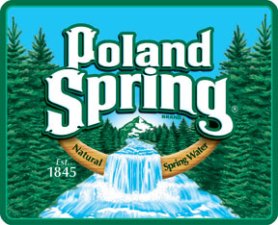Starting a green regimen can be a rather daunting task. Even browsing the Internet yields so many “hits”, making it difficult to determine where to begin on this journey. Attending a green expo is a great way to get educated on green programs and products. These events feature green commodity manufacturers who showcase their goods in a central location while permitting consumers to view these offerings thoroughly and ask questions. Demonstrations at these events are both informative and entertaining.
Green expos can be found in different regions of the country year round. With a little research, it is possible to find an event in most areas.
One such upcoming event is “Greening Up at the Expo” in Central Point, Oregon this weekend (June 30 through July 1, 2012). This expo will feature greater than 50 exhibitors and 27 sponsors and will include presentations on many areas of green living, including jobs, financing, entrepreneurship, eco-nature tourism, home building and remodeling, gardening, transportation and energy. Further details about this expo can be found at theoregongreenexpo.com.
A second noteworthy upcoming green expo is the “Living and Eating Green Expo 2012” in Cleveland, Ohio. This event will feature several keynote speakers on topics such as plant-based diets, women, sex and food, food selection and cancer risk, breaking food seduction, and the impact of living green. There will be several vendors available, who will distribute information and product samples. Also included is a Vegan Food Fest. The “Living and Eating Green Expo 2012” will be held on September 8-9, 2012 at Lakeland Community College. Further information can be found at http://thejourneymag.com/living-and-eating-green-expo-2012/.
A third newsworthy upcoming green event is the Natural Health and Products Expo presented by Green Events LLC. This expo will be held in Oshkosh, Wisconsin in January, 2013. It will feature organic cuisine, how-to workshops, and health screenings, along with a marketplace of eco-friendly businesses selling a variety of products from natural body care items to organic cotton clothing and Fair Trade gifts. The venue for this event is the Sunnyview Expo Center in Oshkosh. Additional information can be found at http://thejourneymag.com/living-and-eating-green-expo-2012/.
There are abundant opportunities to educate ourselves on living green. There are numerous expos, workshops and demonstrations available to learn all facets of green living. So, let’s educate green, live green, be green!

